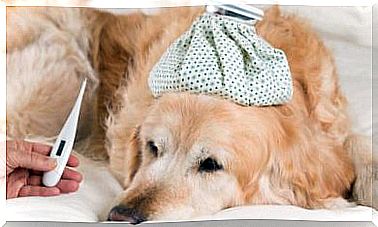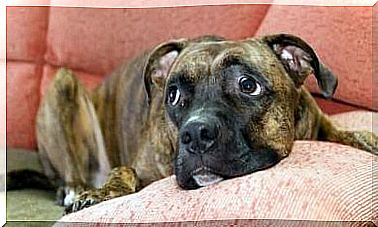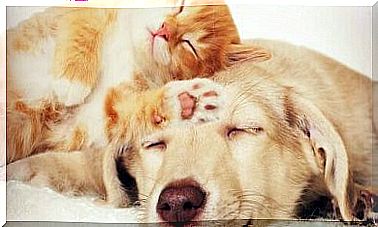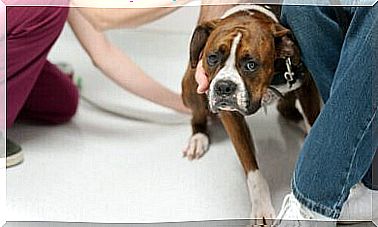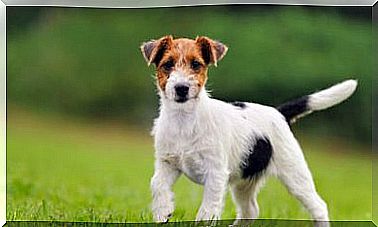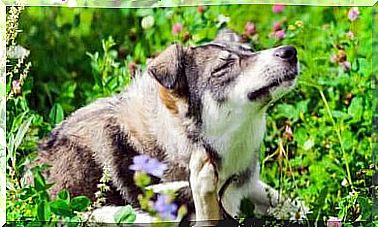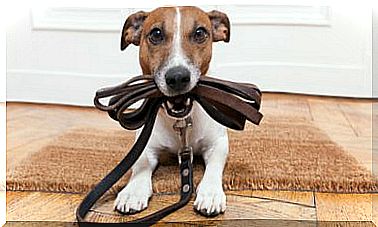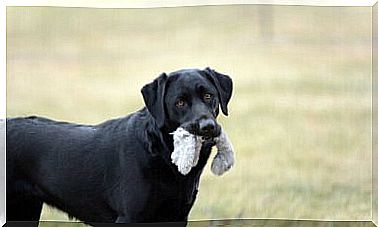Cats In Ancient Egypt
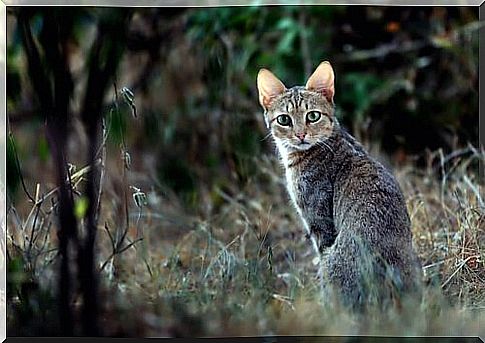
Cats have caused wonder and mystery and intrigued humans since time immemorial. Dating back to BC, specifically around 3,600 years ago, cats in Ancient Egypt had a special relevance.
At that time, there were only four companion animals: the cat or miu , the dog, tysem or iu , the baboon or ian, and the monkey or ky .
Characteristics of Cats in Ancient Egypt
Different experts believe that the cat breed domesticated by the Egyptians was a subspecies of the African wild cat, Felis silvestris lybica . It appears that Egyptian depictions show cats similar to the “Egyptian Evil” breed, and interestingly, the word “ Evil ” means “cat” in Egyptian.
This breed has a characteristic ‘M’ on the forehead and is the only one with natural spots. They are characterized by the great fidelity shown by both their human and feline family, their melodious meowing and the incessant twitch of their tail.
The cat participated in many aspects of life in Egypt. Among them, we can mention the religion, mythology and daily life of the Egyptians. In all of them, cats were “worshipped as deities, loved as pets, protected by law, mummified, and everyone missed them after their death,” according to UBER Magazine, October 2009.
Cats Lifestyle in Ancient Egypt
The cat was domesticated and became part of Egyptian life in the Middle Egyptian Empire. The Middle Kingdom is the most prosperous period of Ancient Egypt, in which pharaohs such as Amenhotep III (~1390 – 1353 BC) stood out. Pharaoh Amenhotep III had a beautifully decorated sarcophagus for his cat Tamit, whose name means “cat”.

Cats performed different duties, such as keeping pests that proliferated near houses under control. The plagues were mainly caused by rats, but also by other animals such as scorpions and snakes.
Other tasks also consisted of helping to hunt. They frightened the birds, which took to the air to facilitate the hunting work. Their work was so important that they became the royals’ favorite pet.
In everyday Egyptian life
Cats acquired a relevant role in different branches of Egyptian culture, such as religion or mythology. For example, the goddess Bast , Bastet or Ubasti represented the protection of man, just like a cat with its kittens.
Her best-known representation is that her body is that of a human woman, but her head is that of a cat. The goddess Bast was the mother of Nefertum. While the mother represented the soft, comforting warmth of the sun, the daughter personified the sun itself and its warmth.
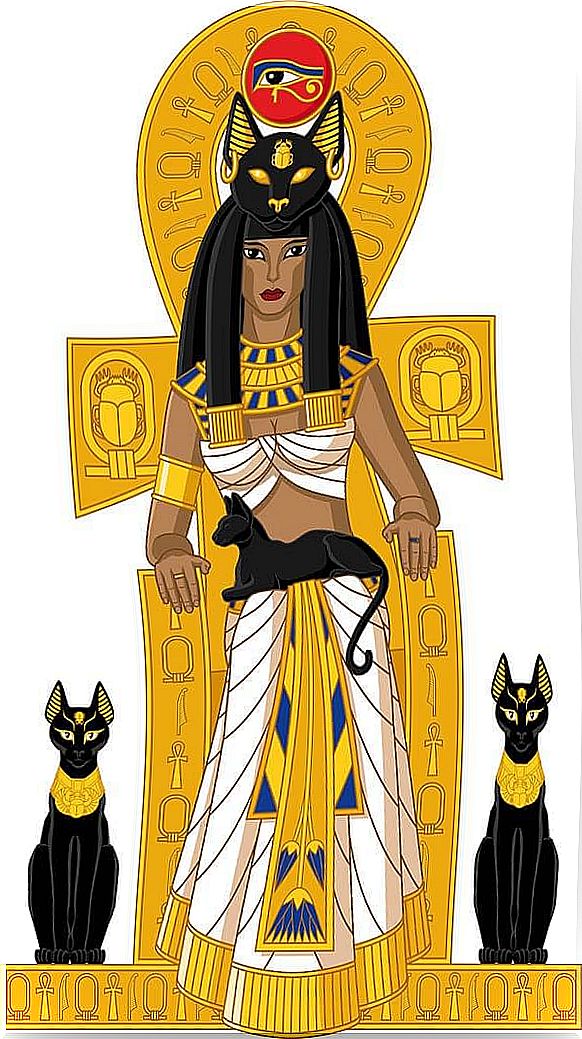
Cats were sacred creatures associated with the goddess Bast. In the temples of this goddess, cats were bred and protected. However, they were usually sacrificed and mummified when they were around 10 months old, as offerings from pilgrims or other individuals.
Curiosities
In Ancient Egypt there were a series of curious events. Among these facts, the following stand out:
- When an animal died, owners expressed their pain and suffering by shaving a part of the body. If the deceased animal was a cat, the owner would pluck his eyebrows. On the other hand, if the animal was a dog, the owner removed the hair from all over the body.
- The wealthier classes sometimes paid for the embalming of their pets.
- The Egyptians banned the export of cats outside the kingdom. Even so, around 2,500 BC, cats arrived in Greece.
- Cats are part of countless stories, legends and literary novels.
- In one legend, the cat is represented as a deity, like the sun god. This cat god is standing in a celestial tree and is cutting a snake. Not enough is known to deduce the god the cat represents, so different options are considered.
- One study suggested that Eastern European populations coexisted with cats. A double tomb has been found, of a human and a cat, buried on the Mediterranean island of Cyprus 9,500 years ago.
Since they began to be part of human life, cats have generated mixed feelings. Their independence can feign indifference, just as their slinky and elegant walk can cause worry when we don’t know they’re approaching. However, their transparent look, their cute purr and the elegance they convey are appreciated qualities.
